Today however, advances in ethology (the science of animal behavior), sociobiology (the scientific theory that states behavior is a result of evolution), neurobiology (the application of biological principles to the study of developmental mechanisms) and ecology, scientists have a much clearer picture of both the behavior but also the conscious processes of fish. In the new book What a fish knows, the inner lives of our underwater cousins, author Jonathan Balcombe examines fish from a modern scientific perspective. The belief among scientists who have studied fish in depth may surprise many people and aquarists alike, as it shows that fish not only feel pain but are in fact fully conscious and aware. Balcombe himself isn’t just a random author who decided to look deeply into the inner mind of fish, but is in fact the director of animal sentience for the Humane Institute for Science and Policy. Balcombe has uncovered studies that determine fish can recognize individual people (along with scuba divers), determine water pressure and navigate in complete darkness using their lateral line, while displaying complete sentience as determined by a host of scientific principles.
Fish and pain:

For many aquarists, we’ve always known there was something beyond random nerve firing going on in our fishes’ minds. They recognize us, favor a specific food and have preferred areas of the tank in which they like to hang out. Spending time up close with marine animals, aquarists often are able to recognize a personality within each of their underwater charges.
Years ago, a biologist in the United Kingdom, Lynne Sneddon, began an in-depth study into the behavior of zebra fish (also known as zebra danios, a freshwater species). A two-chambered aquarium was set-up, with one side being barren and the other enriched with naturally occurring river vegetation and rock. There was a swim through between the two tanks, which allowed the fish to naturally migrate from side to side. The zebra fish were inserted on the barren side. If fish are simply a painless, emotionless network of nerves, it was believed they would likely settle for the barren tank, mindlessly circling around without any energy wasted on finding something better. That isn’t what happened, the fish used reasoning and choice to migrate over to the enriched chamber, where they remained, each scoping out its own preferred hiding place.
This showed that fish have a thought process beyond that of simple primordial locomotion, but it didn’t answer the question as to whether they feel pain. At this point, the researchers injected a small percentage of the fish with an acidic base, which would cause long-term discomfort in any animal capable of feeling pain. The rest were injected with a simple saline solution, which would cause temporary discomfort but not lasting pain. At this point, a water borne pain killer was dissolved in the barren chamber of the tank and prevented from migrating into the enriched chamber. The pain killer would dull nerve signals that carried notification of pain, if the fish were able to interpret pain in any sense.
To the researcher’s shock, the fish injected with an acidic base migrated over to the barren chamber and remained there, going against their instinct to remain in an enriched environment. The experiment was repeated several times and the researchers concluded that fish indeed can feel pain.
Animal sentience:
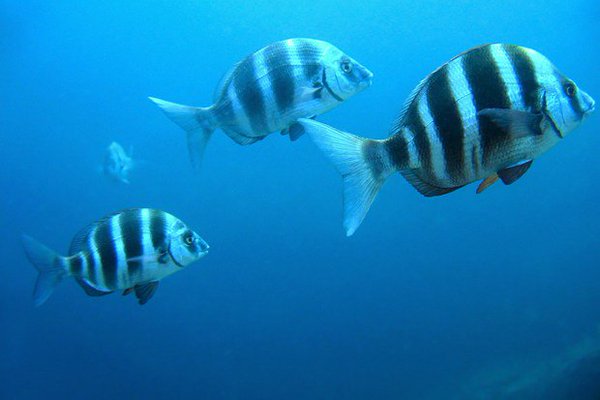
Sentience is formally described as the ability to feel, perceive and experience subjectively. This means that something can have a “good” experience or a “bad” experience. A sentient animal may prefer a certain environment, food or condition; beyond what they need biologically to survive. An animal is either sentient or it’s not, there is no in-between. The ability to feel pain and by extension pleasure, is included in most modern definitions of sentience. Determining if an animal is in fact sentient, is also the foundation of animal welfare and ethics laws in the first-world.
The study completed in the UK showed researchers that fish both have preferred environments and conditions and also have the capacity to feel pain along with the desire to have that pain remedied. As aquarists we often watch as fish select a favorite rock, recognize us at feeding time and seemingly make conscious choices about how to explore their environment. This combined with data collected in the UK may very well indicate that fish are in fact sentient.
Fish recognize people:
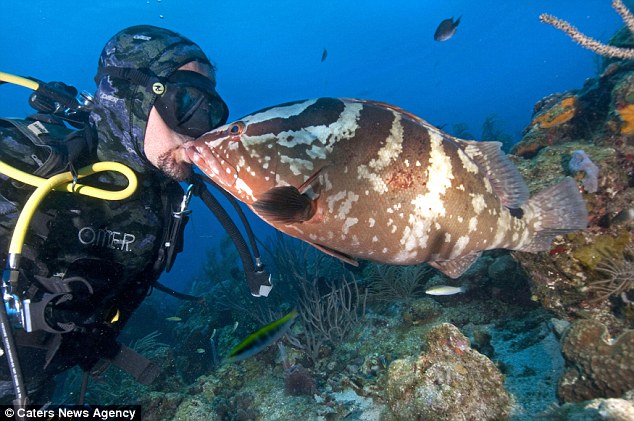
A recent study uncovered fishes’ ability to recognize human faces. Often this recognition came when a face was combined with positive stimuli, such as feeding. Surprisingly, the study also found that fish react to other positive stimuli, even when that stimuli has nothing to do with basic survival needs. It was found fish recognized divers who rubbed their backs and stomachs, sending them into an apparent state of euphoria. Divers that commonly interacted with the fish physically, would be approached by the same specimens on return trips to the fishes’ native territories.
Use of the lateral line:
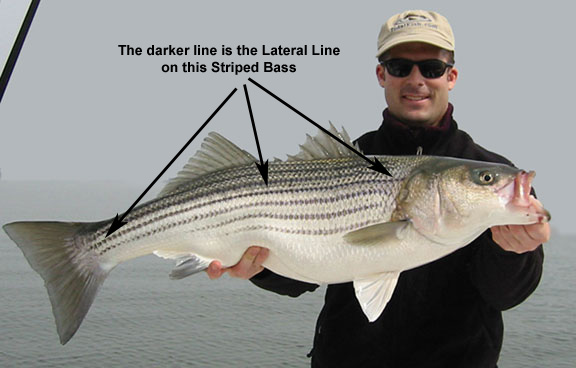
Omission of gasses for communication:
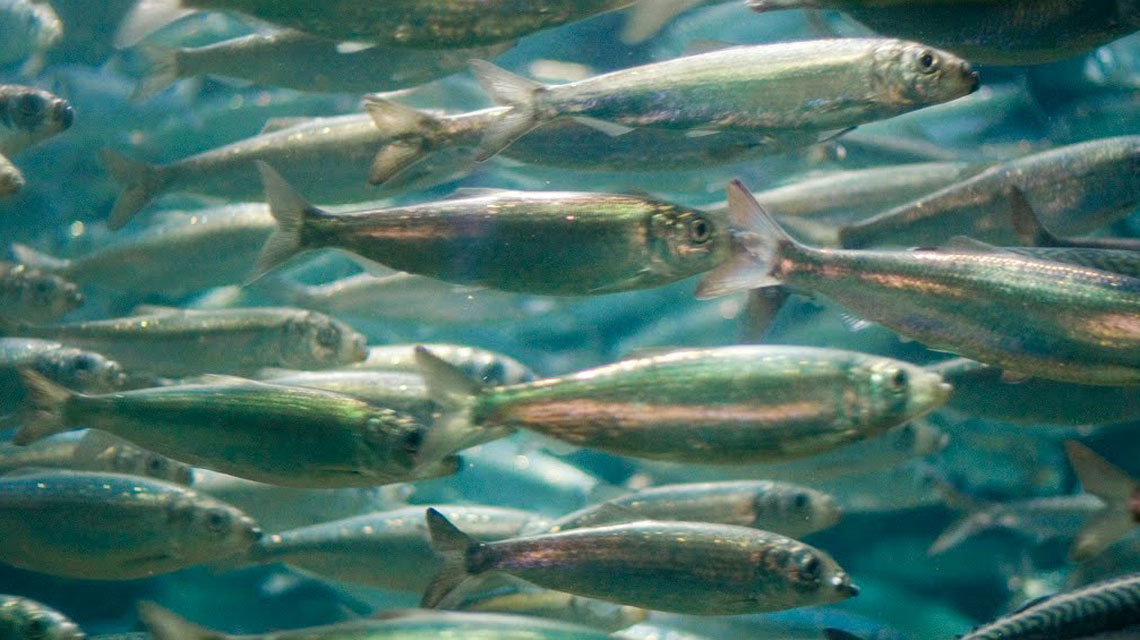
Herrings (and possibly other schooling species) are known to emit gasses from the anus. This omission makes a sound, which combined with the effect of the gas in water, can dictate a change of behavior to the school. Researchers have coined the term “Frequent Repetitive Ticks” (acronym FRT) to describe the behavior, which is believed to instruct the school to move either up, down or another direction in the water column. These gas omissions, as well as the behaviors they command, usually correspond with moving in the water column at times of the day when predators could be circling from above or below.
Final Thoughts:
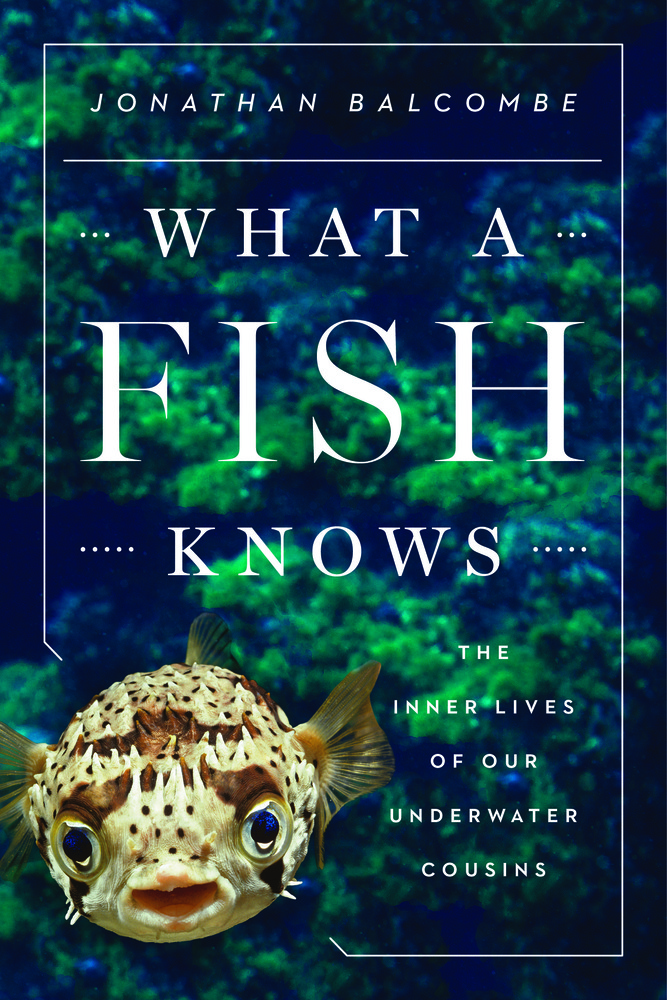
In his book What a fish knows, Jonathan Balcombe uncovers scientific studies that prove what aquarists have known for a long time. That fish aren’t senseless creatures that are simply subjected to the most basic of primal instincts. They are in fact complex animals, that exhibit a wide range of emotions and behaviors, quite literally picking favorites, even among human-kind. I wonder if in light of new evidence, people like my aunt would still hold tightly to the moniker that “fish don’t feel pain.” According to NPR, between industrial aquaculture and commercial fishing around 150 billion to 2 trillion fish are killed annually for food and sport. As we learn more about fishes’ role in their native ecosystems and their individual characteristics and traits, many scientists are suggesting that animal protection/cruelty laws be extended to include the piscine world.













